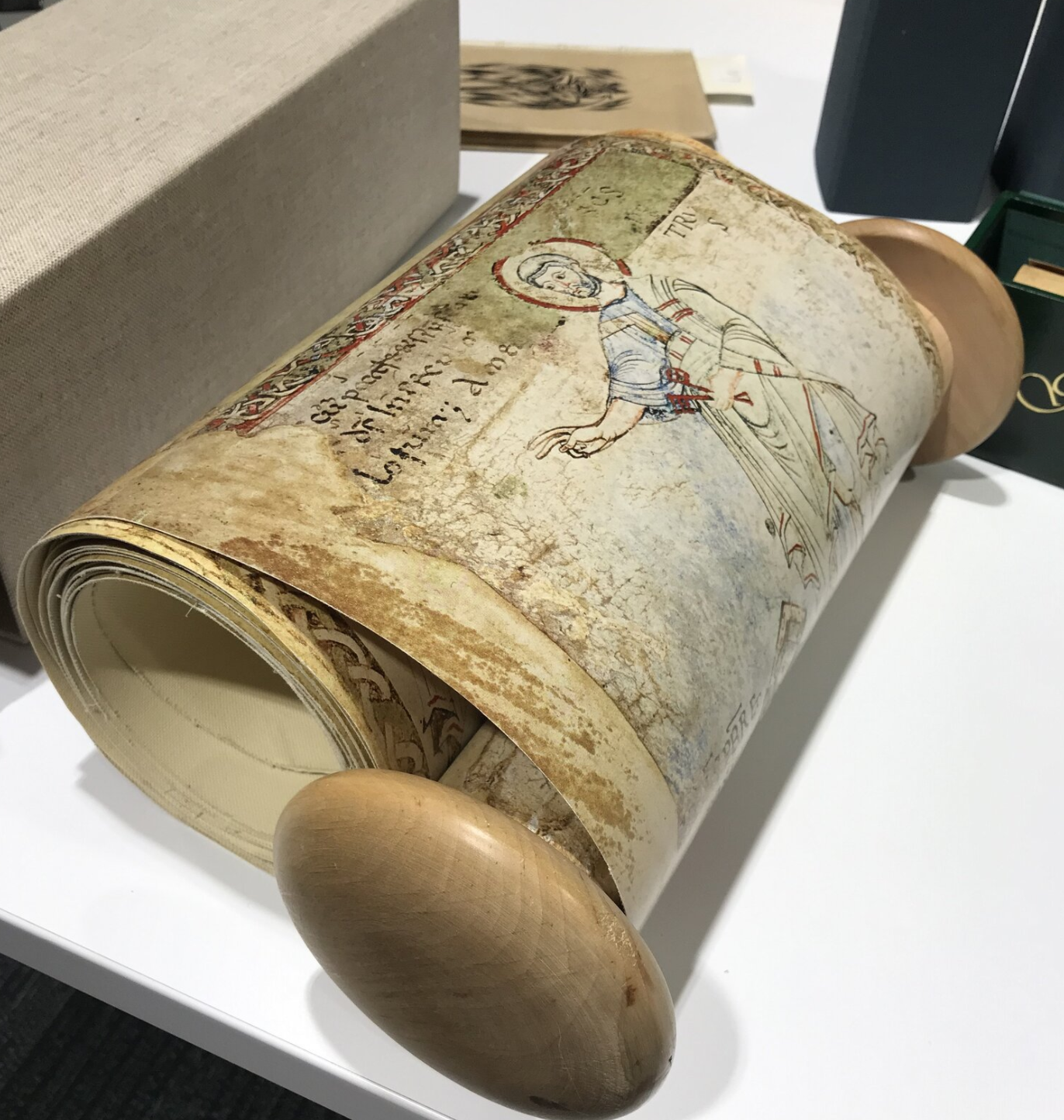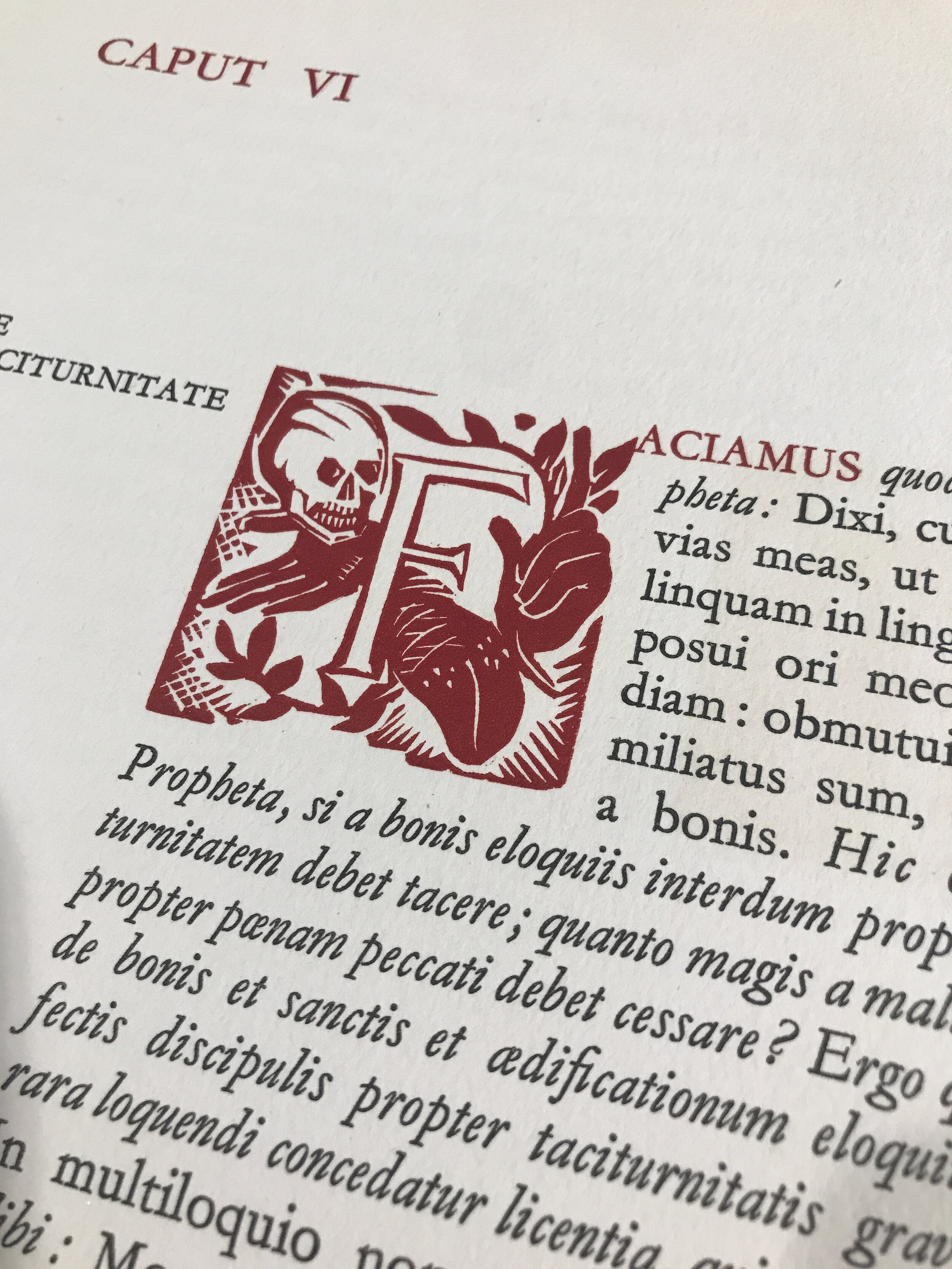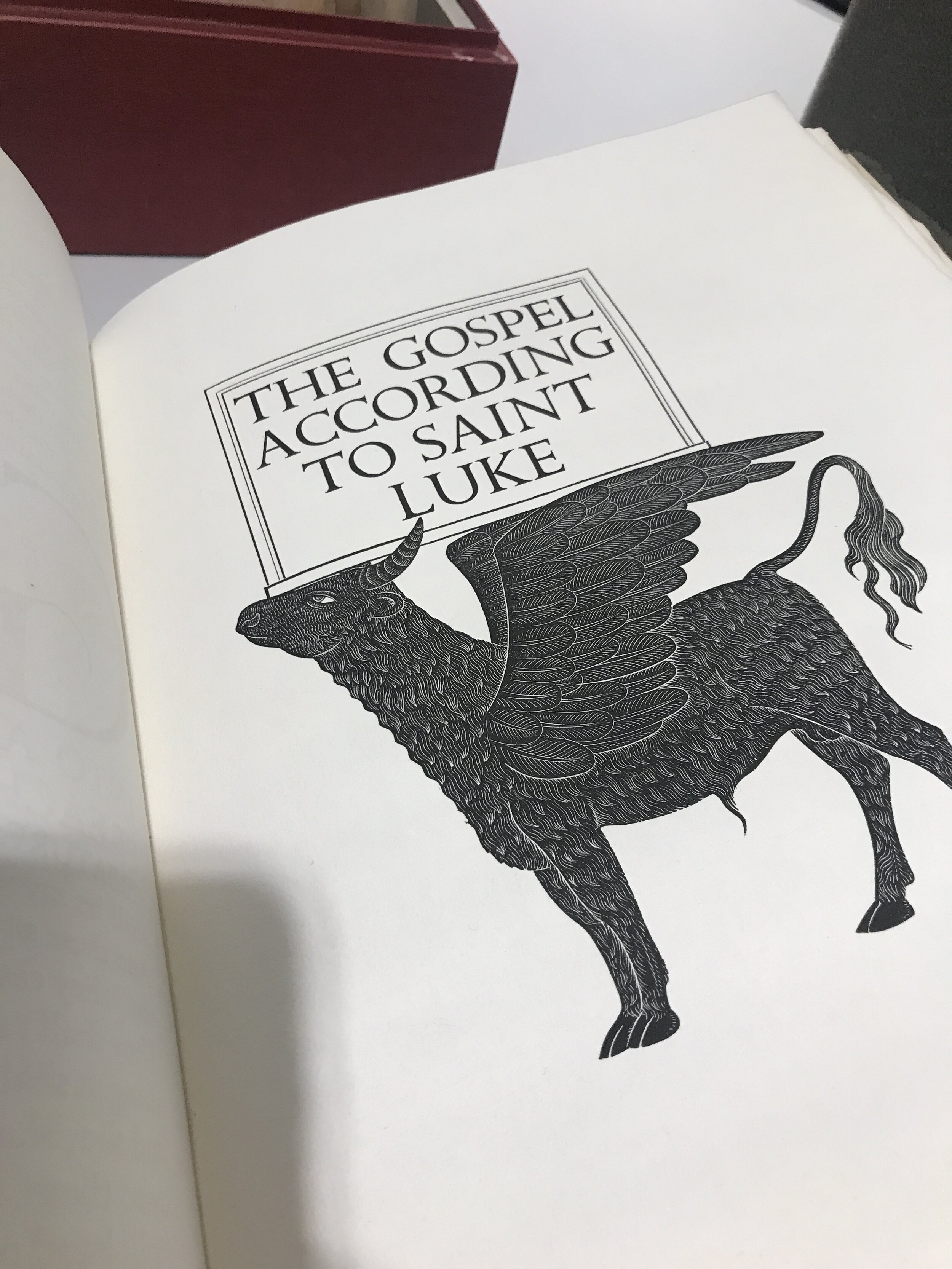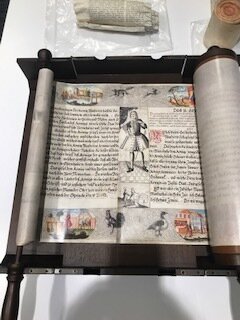Kura Prophetic Messenger (Part 2)
November 2019 -January 2020
Our first stop In November was meeting with Matthew Heintzelman, the curator of the Western and Rare Books Collection at the Hill Museum & Manuscript Library. We wanted to get a gauge on what the project might end up looking like and draw inspiration from historic scrolls from all over the world. We asked to look at different manuscripts, texts, scrolls and expressed that we were making our own version of the Rule of Saint Benedict for a sculpture project directed by Richard Bresnahan. When we got there we went into a room filled with old copies of scrolls and beautifully printed religious manuscripts as well as printed versions of the Rule of Saint Benedict. Jackpot!!!
Richard made it clear that he wanted the scroll’s focus to illustrate St. Joseph and the Benedictine nuns in past and present day community, working together and doing stuff by hand!! Who better to seek out inspiration for the Benedictine Rule than those who live their life by it!
Our next stop was meeting with the nuns in order to focus on the text and get things from their perspective. We wanted to ask them what highlights and imagery of the Rule of Saint Benedict left the biggest impact on them. In the past, the Rule of Saint Benedict has always been in relation to the monks, but Richard wanted this project to showcase the perspective of the Benedictine nuns and women in general. We needed their input in order to figure out the layout and which parts were to be highlighted. The Rule of Saint Benedict is not short and we needed further interpretation.
After our meeting, we got a lovely follow up from the nuns:
“It has been delightful and satisfying working with you, Mary, and with Richard Bresnahan to select quotes from the Rule of Benedict for you to highlight in your text. Your lively interest in the Rule and its interpretation were just the stimulus we needed to become totally engaged. There is nothing quite like curious and attentive dialogue partners like you to stimulate the minds and hearts of lovers, students, teachers of the Rule like us. We also enjoyed the opportunity to look back over our history and tradition here in central Minnesota to help you think about images that would recall some of the significant ways our members and our work have contributed to the culture of this area”.——Sr. Michaela and Sr. Katherine
After meeting with the nuns, we contacted religious manuscript designer Judy Gilats out of Minneapolis who came highly recommended through Todd from Angel Bomb Press. Judy made room for images within the text for us, varying in size and scattered throughout. We trusted Judy to make these decisions as a professional manuscript designer and from there we began researching and saving a GIANT compilation and inspiration for images to respond to the text. The imagery was NOT going to be in response to the literal text, but instead to focus on the Benedictine Nuns and larger St. Joseph community. These images included Minnesota flora fauna and landscape, artisans, craftsmen, local artists, printers, potters and the Benedictine Nuns active in the Monastic community. After starting the image research and getting Judy to design the layout, It was time to make decisions about paper.
I made a trip to St. Paul in order to meet with printer Kent Aldrich to talk about paper. He accompanied me to Wet Paint where we sampled and discussed all kinds of paper options. We needed the paper to be strong, but still have a beautiful and delicate quality. Kent recommended a Kozoshi white paper, and Richard recommended a Japanese Mulberry. Kent’s suggestion was a bit too opaque and not delicate enough while Richard’s was too thin, nearly see through and almost like tissue paper. We found our perfect match with the white Thai Mulberry, a paper with enough substance but still very delicate. This paper that was juust right. Our next obstacle was figuring out how we were going to glue these sheets together.
We called upon an expert, which was none other than Scott Murphy, photography and book arts professor at the College of Saint Benedict’s. He recommended a book making tape called ATG tape normally used for picture framing. This tape was exceptionally cheaper and worked perfectly. It pays to know the right people in situations like these. So mush research goes into a project of this magnitude and that is what a lot of the first months was all about. Having the glue and paper, meant that we could actually start to get moving on something and the first order of business was to individually cut down all 350 sheets individually into 2 pages. This is certainly going to be a marathon and not a sprint.
